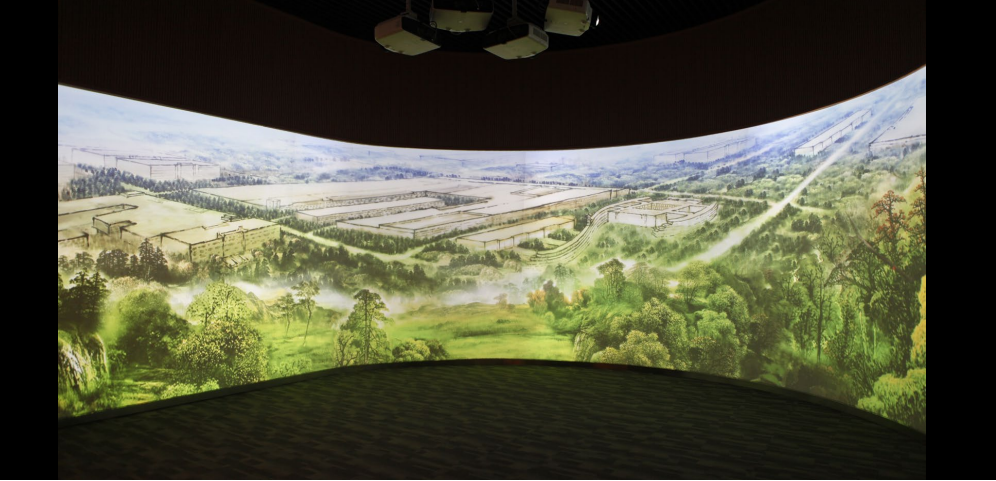

Firstly, different projectors have different characteristics, even if you are using the same brand and model. In principle it sounds easy, but in practice it is very hard to do. Unfortunately, achieving a seamless image using this technique is near impossible. To try and accomplish this, the projectors are carefully arranged so that the right-hand edge of the left-hand projector sits perfectly next to the left-hand edge of the right-hand projector.

This method is technically referred to as image butting because the projected images are butted up next to one another. Figure 1: A wide image that we want to project using three projectors.Īt first glance it might appear that the easiest way to produce this image across three projectors would be to line up the projectors next to each other. In both cases, a number of projectors are needed which are firstly overlapped and then visually joined together using an edge blending technique. Typically, this is done to increase the size of a projected image to make a very wide image, or by combining a number of lower resolution devices together to increase the total resolution of a display. Edge blending is a technique used to describe the process of visually combining several projected images to make a single seamless image.


 0 kommentar(er)
0 kommentar(er)
